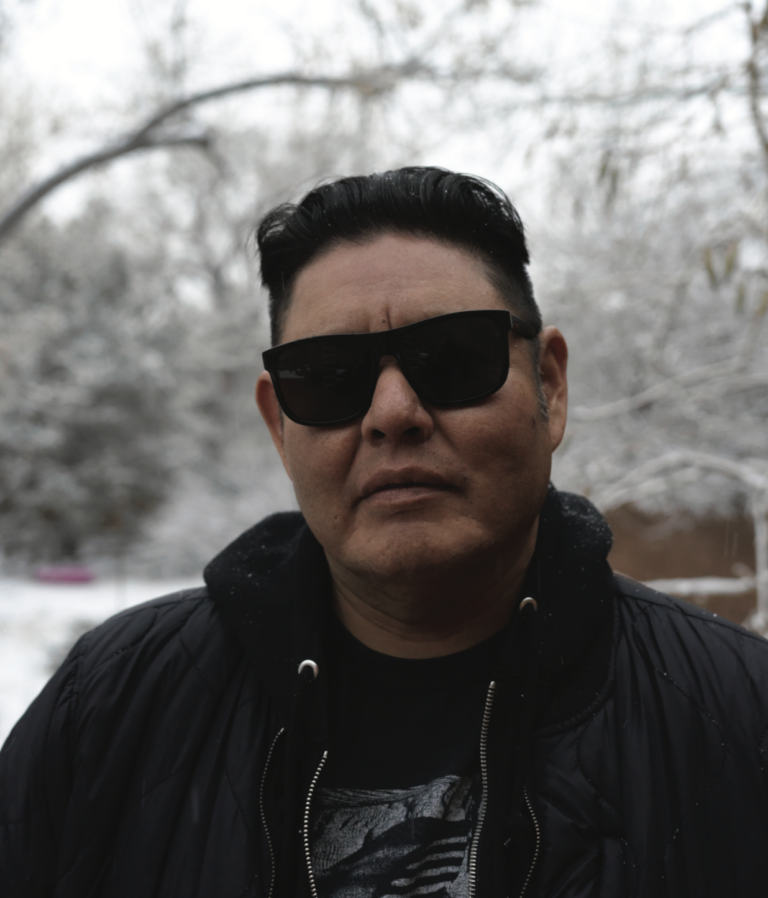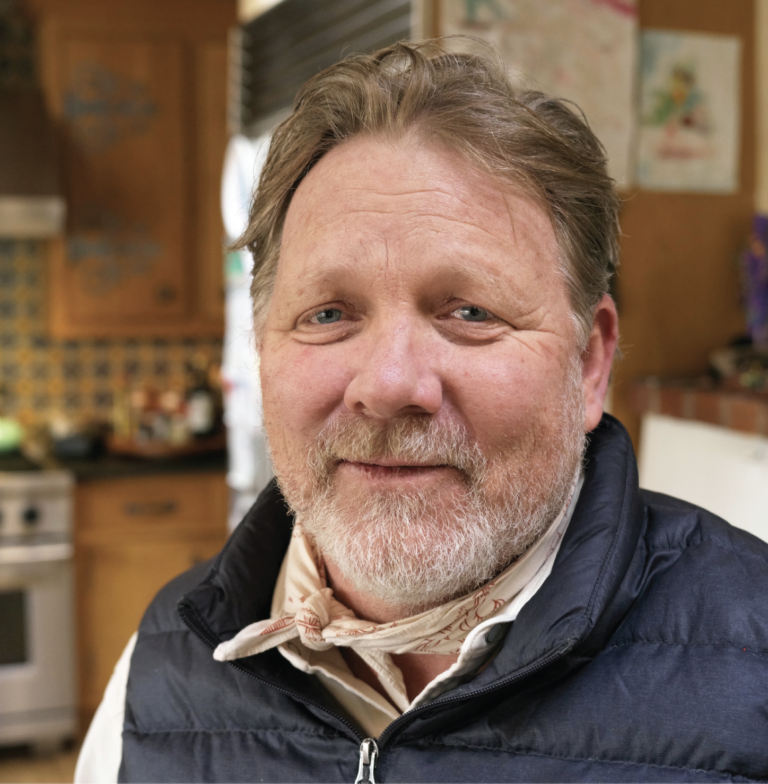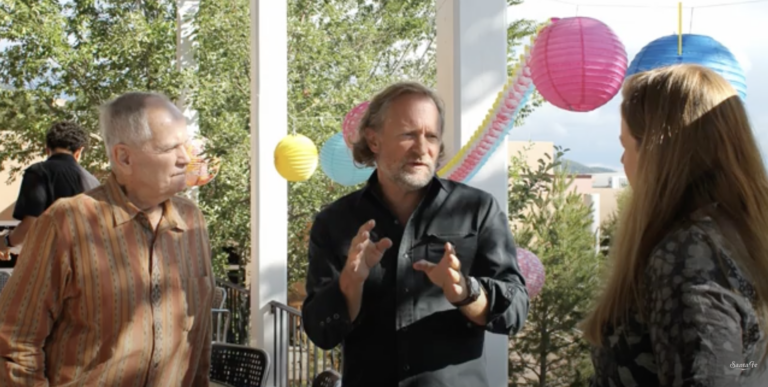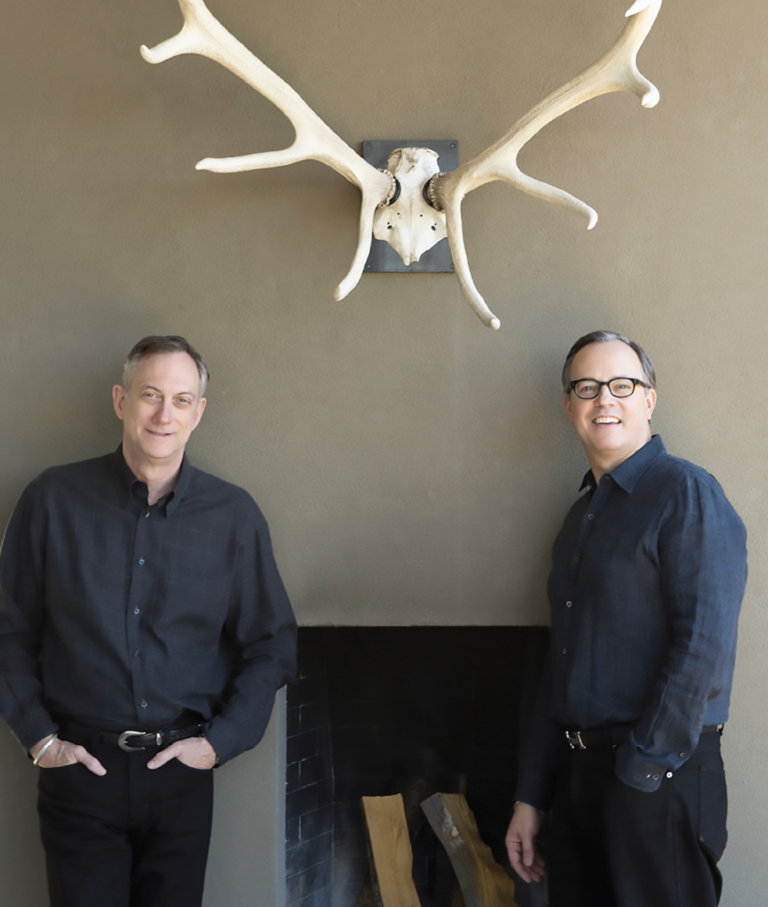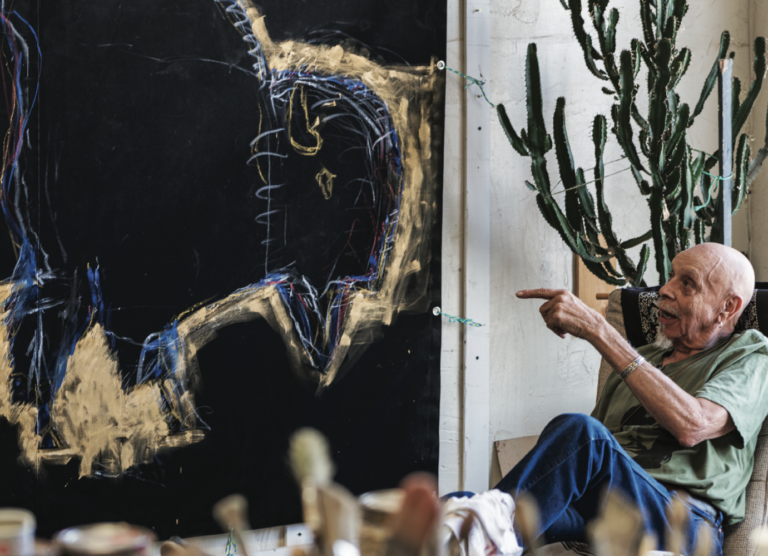BILLY GARRETT QUIT STUDYING HISTORY at 19. He was, as he says, just learning names and dates and they meant nothing. There was no context.
So he followed his real love after a self-imposed exile, a tour of duty in architecture, and now finds himself back in history. Everything he thinks about history is manifest in the restoration of the Palace of the Governors. For him, it is protean history – it happens in the light and in the dark, on the edges. It is a curious mixture of the inexplicable, the predictable, reflecting people’s loves, hates, cares, and neglect. It is never simple, never just a product of personality.
The original wall at the Palace captures that attitude. Yes, it is old, but that is not the most interesting thing about it. The wall represents both process and event.
The Palace of the Governors is for the living, the present – you and me. Some museums feel like mausoleums, but this Palace again feels vital and alive, and like a work in progress.
Are Americans less interested in history than other countries?
I would make a distinction between a sense of time and a sense of history. A sense of time is that something has been here for a long time, many centuries. And I think of history as being a record of things that people have done. For me, history begins yesterday. Understanding what has happened in the past really goes back as far as memory works for people.
The study of how people have behaved and related to their environment and to each other and to ideas is a profound endeavor. These days you see quotes from various people about history, where there’s not very much real substance to understanding what actually happened. It’s simply a way of saying that, whatever people are asserting, it’s got some legs to it in terms of time. And that’s different than history.
I guess you’re more interested in history.
That’s true.
History requires facts in order to tell the story of it, but telling the story requires an act of imagination, since you weren’t there.
That’s why it’s essential to investigate those records, those accounts. In terms of an understanding of a past event, if you’ve got at least two people involved in talking about the past, including the observer, there’s two different stories going on. So part of the imagination is also recognizing the differences in perspective and appreciating that. I’ve been thinking about the value of respect as part of history, of being able to acknowledge another without laying on my perceptions until I’ve actually heard their story and not argued with it or not tried to dismiss it or correct it. In other words, history is dialogue.
It’s important in today’s world, with multiple perspectives on the past, to find a way to acknowledge that history is made up of these different viewpoints. That’s not the same as saying that the facts can be made up. What we’re talking about is how one interprets the fact, how one might well define a fact. But I think we have to agree that there is some degree of an objective reality that has existed in the past. So making up stuff is not the same thing as having different perspectives.
One of the real challenges for museums is to figure out how to acknowledge those differences. It comes down to going to a particular group or community or individual and allowing them to speak instead of it being from the museum saying, well, we’re the experts, so we’re gonna control the narrative. This all starts with accepting history as a dynamic enterprise, getting over the idea that this isn’t something where there’s a fundamental truth and that’s it.
WANT TO READ MORE? SUBSCRIBE TO SANTA FE MAGAZINE HERE!
Photo SFM




